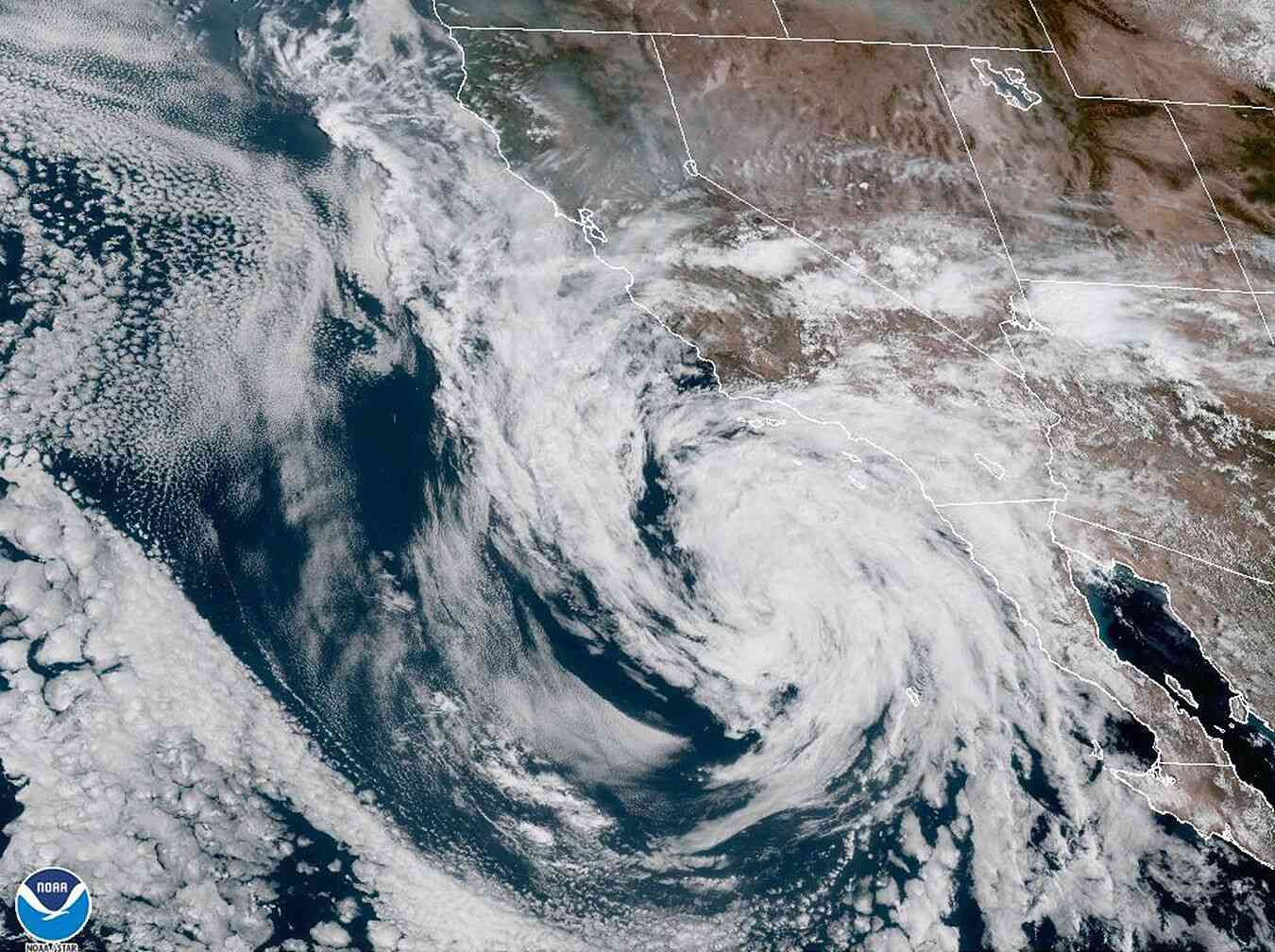Eye-popping satellite photo shows Tropical Storm Kay over Southern California, May 24, 2018. (U.S. Navy photo by Mass Communication Specialist 1st Class Anthony A. Zammisa, Jr.)
An unusual view of Tropical Storm Katia that appeared in a NASA satellite on March 21, 2018. (Image: NASA/MODIS)
(Click photo to enlarge)
A NASA satellite captured a stunning view of Hurricane Katia on February 25, 2018, during what turned out to be an unusual episode of the powerful weather phenomenon in the Atlantic. The satellite captured a very rare image of Hurricane Katia’s eye—which, as all weather enthusiasts know, can appear as a ring or a black spot—and also revealed the storm itself.
The satellite shot appears to have been captured at about 1:36 pm PDT after Katia had made landfall near the Azores islands as a Category 1 storm with maximum sustained winds of 115 miles per hour. The image was sent to NASA on February 25 around the time of the storm’s landfall in the United States.
By comparison, Katia is the second most intense Atlantic hurricane ever recorded on record, behind Hurricane Ophelia, which roared out of the Florida Keys in 2004 with winds of 140 miles per hour. Katia had a minimum pressure of 974 millibars as it barreled toward the Azores.
Katia and Ophelia both killed four people as they tore across the Atlantic, prompting the governments of the United States and the Netherlands to declare a state of emergency in both countries. Katia became the first Atlantic hurricane to be given an Saffir–Simpson Hurricane Wind Scale (HSW) Category 5 (Saffir–Simpson Hurricane Wind Scale: Saffir and S. A. Simpson, 1868, p. 527-528) on August 23, 1988, and this also happened to be the first hurricane of the 2005 Atlantic Hurricane Season.
Katia’s eye, in its appearance in this video, appears like a ring but it can look much more like a black spot by the time it makes landfall in the United States. (NASA/CURRY/SSC/MSSC/TIFFEN MASS CONTROLLER 1D7KL / NASA/GIMAGE

